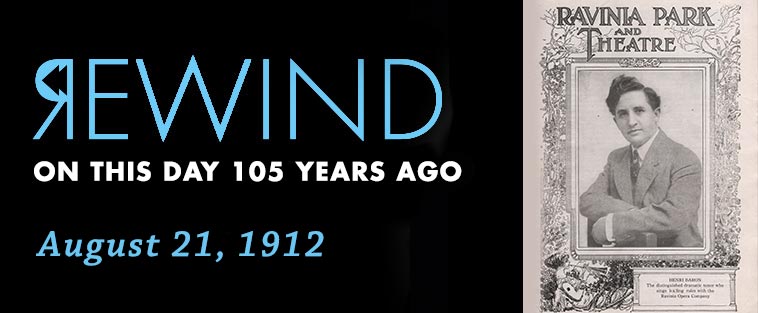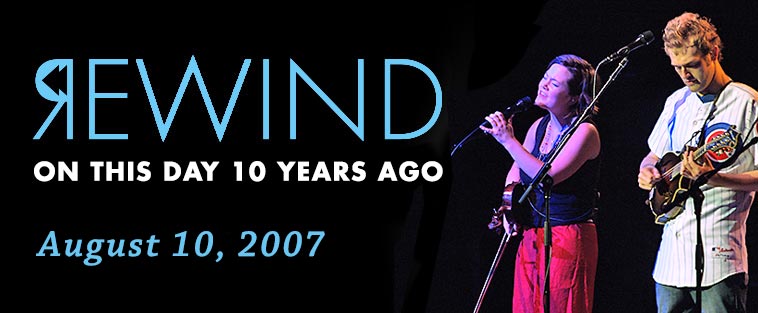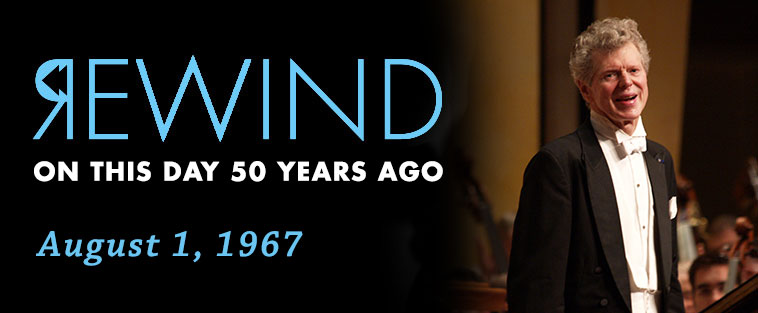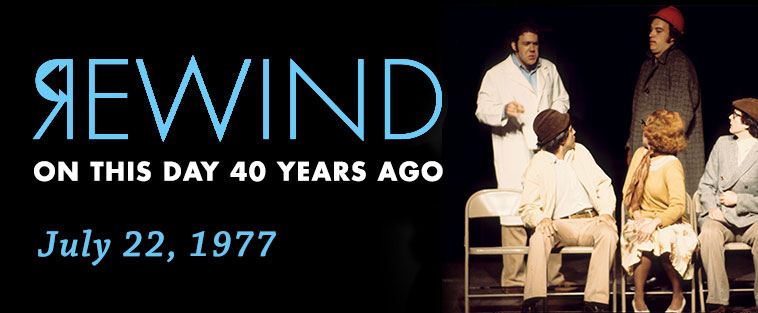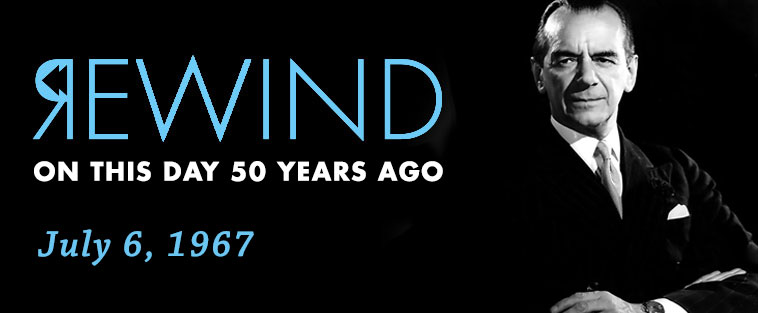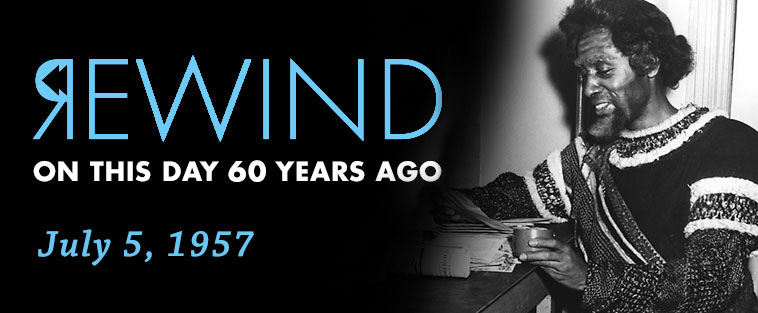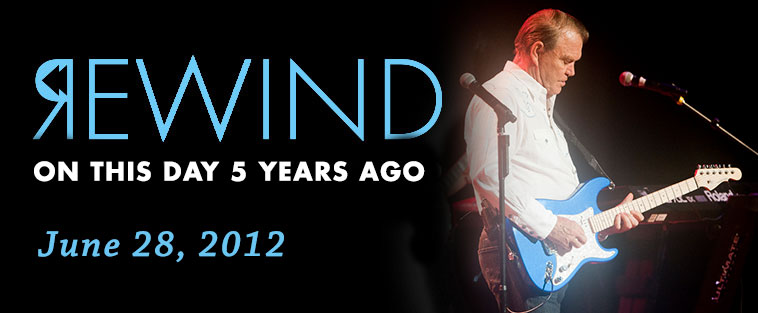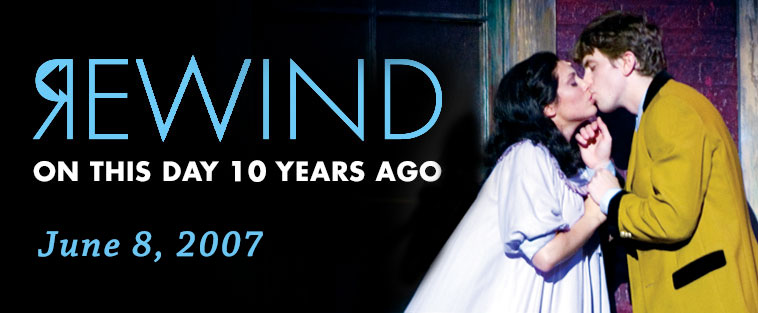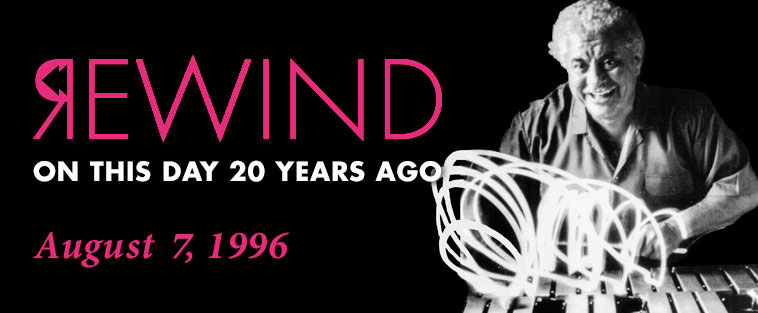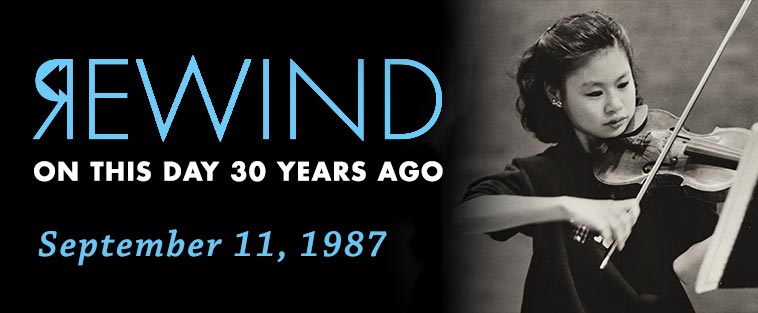
One thing that all fans of classical music might agree on is that little is as thrilling as hearing a youthful musician playing to a standard of technique and artistic mastery more commonly associated with a player two or three times her age. There may be an element of democracy in the perception of talent, but when it came to a barely teen-aged Midori, the public opinion was beyond clear. With one of her earliest performances in the United States being with the New York Philharmonic at its New Year’s Eye gala at the age of 11, reputation already preceded the violinist taking the Tanglewood stage for Leonard Bernstein’s annual Serge and Olga Koussevitzky Memorial Concert with the Boston Symphony in 1986.


